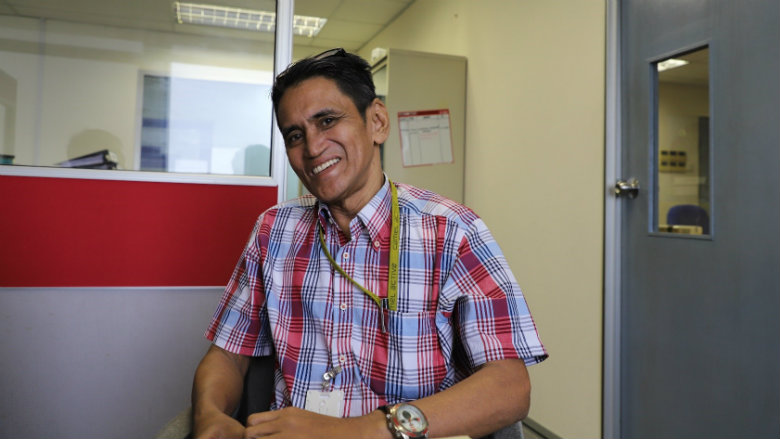Ramli was 15-years-old when he first began taking heroin. “I was in high school at the time, in Form 3. My friends and I were always the first to try new things.”
Since then, Ramli spent the next 34 years of his life battling his drug addiction. The consequences were devastating. He lost touch with his family and also lost his job as a Bahasa Malaysia literature teacher at a high school. “The change was so drastic that I went from having a car to go to work every day - to being forced to walk wherever I went.”
Ramli recounts his journey in battling his addiction. The various treatment methods he tried were ineffective as he would end up relapsing within months. “I felt close to giving up. I thought it was hopeless trying to look for treatment that could help me.”
In addition, compulsory treatment from Compulsory Detention Centers (CDDCs) were ineffective. “I ended up learning more about how to take drugs during compulsory treatment. Other patients would tell me how I can obtain drugs easily at an affordable price, for example. I relapsed soon after being released from the CDDC.”
“It was only in 2011 that I found out about voluntary methadone treatment from Cure & Care (C&C) centers under the National Anti-Drug Agency (NADA) from a friend. Initially, I was not very hopeful about the treatment but went on my own accord as I was tired of my drug addiction.”
This proved to be a turning point for Ramli as the methadone treatment was highly successful in helping Ramli fight his addiction for the past seven years. “When I’m on methadone, I don’t feel the need for drugs. Physically, it has been very effective but that’s only one factor of addiction. The C&C centers also have counselors who provide support for our mental health so that we do not relapse due to stress or anxiety when things get hard. This has been critical to my recovery,” Ramli said.
“The ratio of lesser patients to counsellor also means that I am in a more controlled setting. I find it convenient because methadone is provided in dosages that will last me for the week. This allows me to carry out my daily life without having to visit the center every day.”
Since then, Ramli says his life has been transformed. He has been elected to be a full-time peer guide at NADA to counsel drug users at the C&C center and in his community - especially the youth - and help them learn about methadone and get treated. In his free time, Ramli volunteers at a local NGO to help other drug users.
“I’ve also managed to rebuild my relationship with my wife and children, 20 years after I left home. I am blessed to have this opportunity to rekindle our relationship.”

